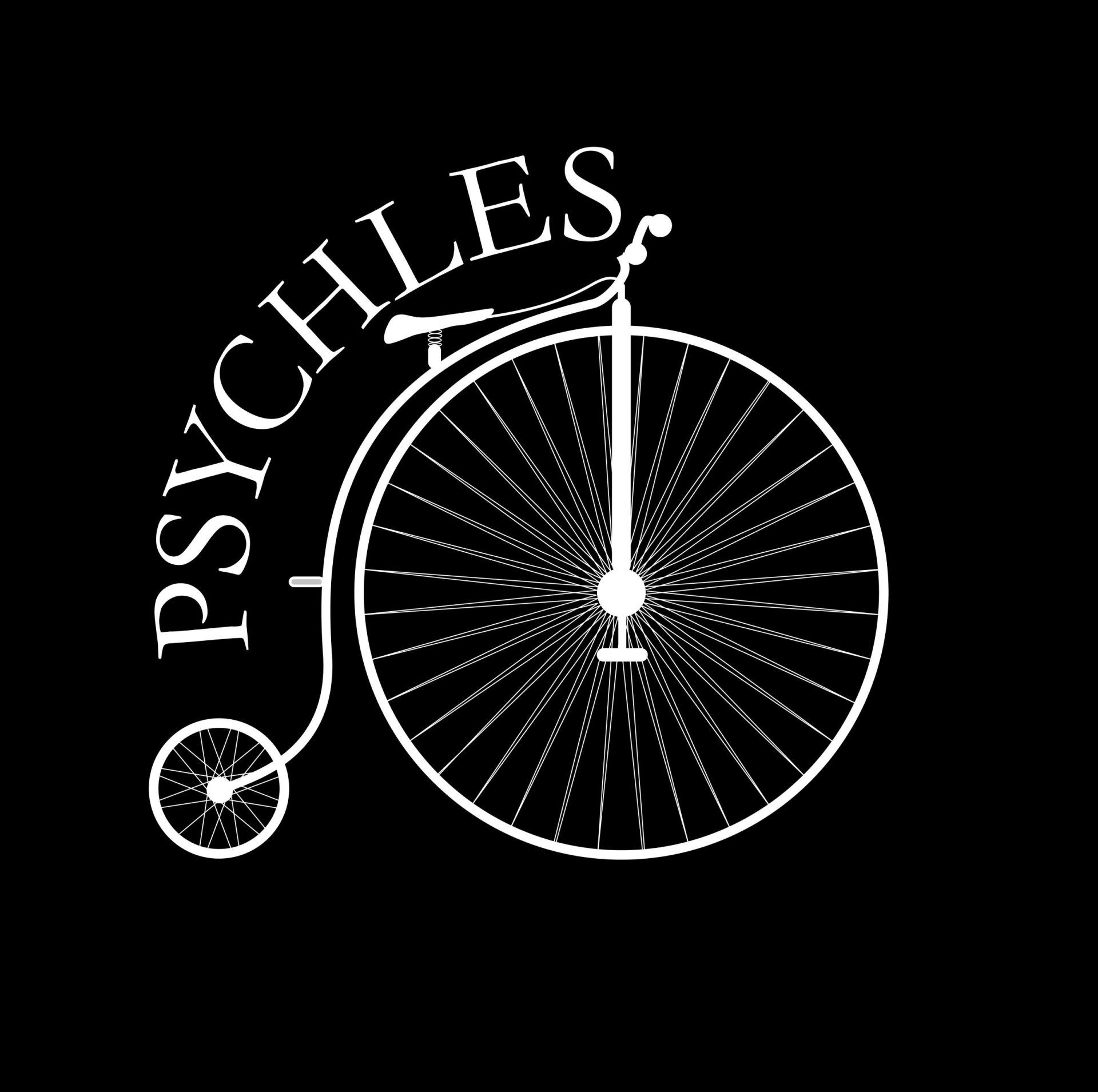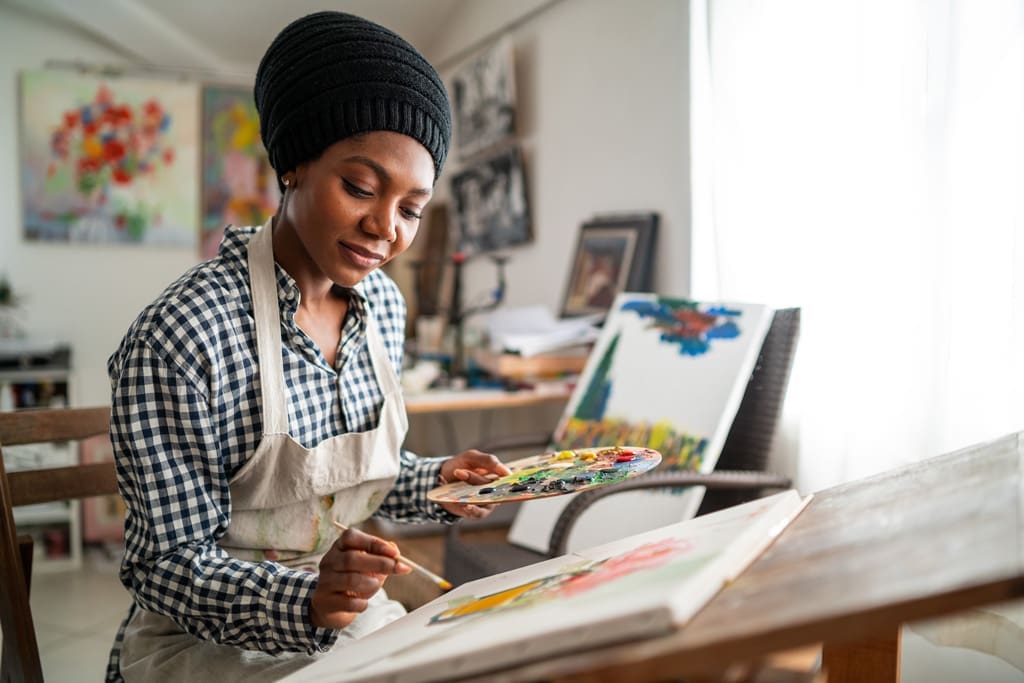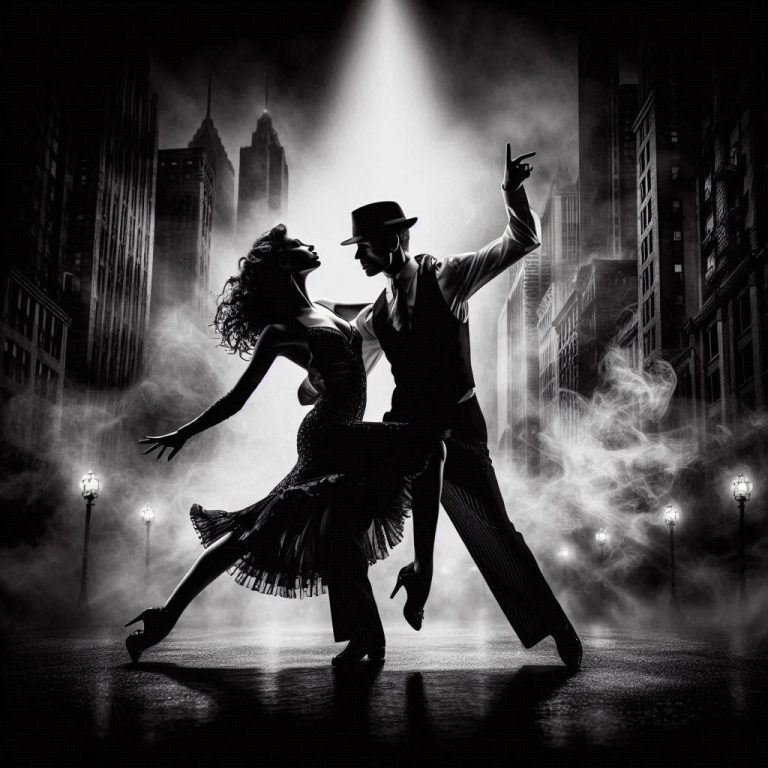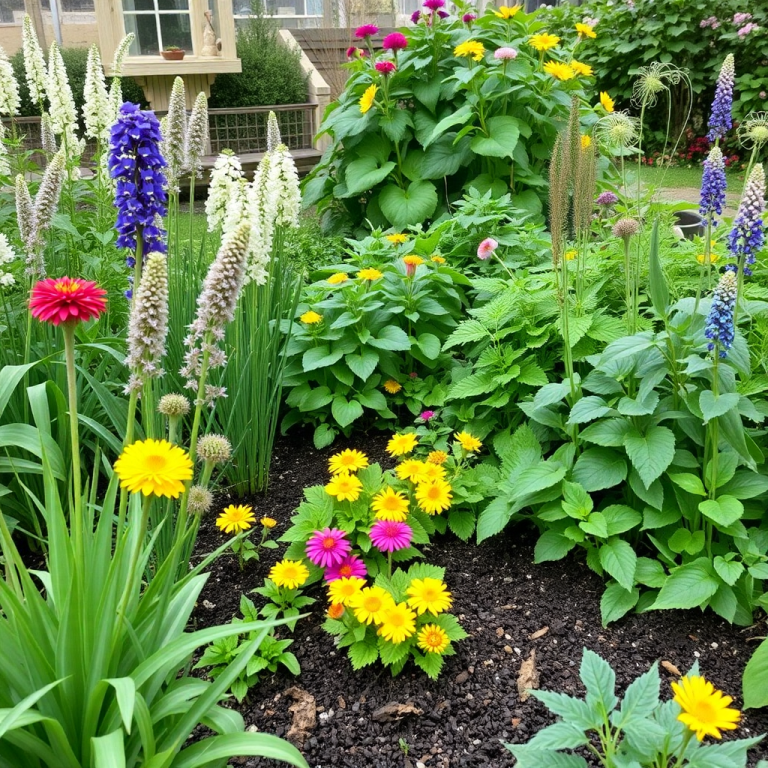Unleash Your Creativity: Art Therapy Exercises to Soothe Anxiety
In our fast-paced and ever-evolving world, anxiety has become a pervasive challenge, affecting individuals of all ages and backgrounds. While traditional therapy methods can be effective, art therapy exercises offer a unique and expressive approach to managing anxiety. By tapping into the power of creativity, these exercises provide a safe haven for self-expression, emotional release, and personal growth.
If you’re seeking a holistic way to calm your mind and alleviate anxious thoughts, this comprehensive guide will introduce you to the transformative world of art therapy exercises for anxiety. Discover how gratitude journaling can change your life and explore the healing benefits of art in a supportive and nurturing environment.
Understanding Art Therapy for Anxiety
Art therapy is a form of psychotherapy that utilizes various art modalities, such as painting, drawing, sculpting, and collaging, to facilitate emotional expression, self-discovery, and healing. By engaging in these creative pursuits, individuals can explore their thoughts, feelings, and experiences in a non-verbal and non-threatening manner.
For those struggling with anxiety, art therapy exercises provide a safe space to externalize their inner turmoil and gain insight into their emotions. The act of creating art can be a powerful coping mechanism, allowing individuals to channel their anxious energy into something tangible and meaningful.
Discover the key distinctions between personality and temperament, which can impact how individuals experience and express anxiety.
The Benefits of Art Therapy for Anxiety
Art therapy offers a multitude of benefits for individuals grappling with anxiety. Here are some of the most notable advantages:
- Emotional Expression: Creating art allows individuals to express their emotions in a non-verbal and non-confrontational manner, which can be particularly helpful for those who struggle to articulate their feelings verbally.
- Relaxation and Mindfulness: The act of creating art can be a meditative and mindful experience, helping to calm the mind and promote a sense of relaxation, which is essential for managing anxiety.
- Self-Discovery: Through the exploration of different art materials and techniques, individuals can gain insights into their thoughts, feelings, and behaviors, leading to greater self-awareness and personal growth.
- Improved Self-Esteem: The process of creating art and seeing tangible results can foster a sense of accomplishment and boost self-esteem, which can be particularly beneficial for those who struggle with low self-confidence due to anxiety.
- Empowerment: Art therapy exercises empower individuals to take control of their emotions and experiences, providing a sense of agency and autonomy in their journey towards emotional well-being.
Effective Art Therapy Exercises for Anxiety
There are numerous art therapy exercises that can be tailored to address specific aspects of anxiety. Here are some powerful techniques to explore:
- Mandala Drawing: The creation of intricate, symmetrical patterns can have a calming and meditative effect, helping to reduce anxious thoughts and promote relaxation.
- Collage Making: Collaging allows individuals to express their emotions and experiences through the arrangement of different images, textures, and materials, providing a sense of control and creative freedom.
- Self-Portrait Exploration: Drawing or painting self-portraits can facilitate self-reflection, self-acceptance, and the exploration of one’s identity, which can be particularly helpful for individuals dealing with anxiety-related self-doubt or negative self-perception.
- Nature-Inspired Art: Incorporating natural elements, such as leaves, flowers, or stones, into artwork can foster a sense of connection with the natural world and promote a sense of grounding and calm.
- Expressive Painting: Engaging in free-flowing, expressive painting can provide a cathartic release for pent-up emotions, allowing individuals to externalize their anxiety and find relief through creative expression.
Discover how social media affects mental health, including its potential impact on anxiety levels.
Comparison Table: Art Therapy Exercises for Anxiety
To help you choose the most suitable art therapy exercises for your needs, here’s a comparison table highlighting the key features and benefits of each technique:
| Exercise | Focus | Benefits |
|---|---|---|
| Mandala Drawing | Meditation, relaxation, and intricate patterns | Calming effect, reduced anxious thoughts |
| Collage Making | Self-expression, emotions, and creative freedom | Sense of control, emotional release |
| Self-Portrait Exploration | Self-reflection, identity, and self-acceptance | Improved self-perception, self-confidence |
| Nature-Inspired Art | Connection with nature, grounding, and mindfulness | Increased sense of calm, reduced anxiety |
| Expressive Painting | Cathartic release, emotional expression, and free-flowing art | Externalization of anxiety, emotional relief |
Integrating Art Therapy into Your Anxiety Management
While art therapy exercises can be incredibly powerful, it’s important to approach them with an open mind and a willingness to explore your emotions. Here are some tips to help you get the most out of your art therapy journey:
- Create a Comfortable Space: Designate a peaceful and inspiring area for your art therapy sessions, free from distractions and clutter. This will allow you to fully immerse yourself in the creative process.
- Embrace the Process: Remember that the act of creating is more important than the final product. Engage with the materials and techniques without judgment or expectations.
- Reflect and Journal: After each art therapy session, take time to reflect on your experience and document your thoughts, feelings, and insights in a journal. This can help you track your progress and gain deeper self-awareness.
- Seek Professional Support: While art therapy exercises can be practiced independently, working with a trained art therapist can provide valuable guidance, support, and professional insights tailored to your specific needs.
Explore the psychology of procrastination and how it might be connected to anxiety and other mental health challenges.
Read Also:
- The Ultimate Guide to the Best Books for Understanding Human Behavior
- The Key Distinctions between Personality and Temperament
Embracing Art Therapy for Anxiety
Anxiety can be a formidable challenge, but art therapy exercises offer a powerful and transformative approach to managing this condition. By embracing creativity and self-expression, individuals can unlock a world of healing, self-discovery, and emotional well-being.
Remember, the journey towards better mental health is a ongoing process, and art therapy can be a valuable companion along the way. Embrace your inner artist, experiment with different techniques, and allow the creative process to guide you towards a more peaceful and fulfilling life.
If you’re seeking professional support or have specific concerns related to anxiety, consider reaching out to a qualified mental health professional or art therapist for personalized guidance and care.
Read Also:
Embrace the Power of Art Therapy
In a world filled with constant demands and stressors, it’s crucial to prioritize your mental well-being. Art therapy exercises offer a unique and empowering approach to managing anxiety, allowing you to tap into your creativity, express your emotions, and cultivate a sense of inner peace.
Discover the power of guided meditation for conquering sleep anxiety, another effective tool for promoting relaxation and reducing anxious thoughts.








Aw, this was a really nice post. Taking a few minutes and actual effort to create a good article… but what can I say… I hesitate a whole lot and never manage to get nearly anything done.
I think this is one of the most significant info for me. And i am glad reading your article. But want to remark on few general things, The web site style is wonderful, the articles is really great : D. Good job, cheers
Thanks for the good writeup. It in reality was a enjoyment account it. Glance complex to far introduced agreeable from you! By the way, how could we communicate?
Hi there, You have done a fantastic job. I will definitely digg it and personally suggest to my friends. I am confident they’ll be benefited from this site.
Do you mind if I quote a few of your articles as long as I provide credit and sources back to your website? My blog site is in the exact same area of interest as yours and my visitors would really benefit from a lot of the information you provide here.Please let me know if this ok with you. Regards! http://www.kayswell.com
Hello there! I could have sworn I’ve been to this blog before but after checking through some of the post I realized it’s new to me.Anyways, I’m definitely glad I found it and I’ll be bookmarking and checking back frequently! http://www.kayswell.com
Way cool! Some extremely valid points! I appreciate you penning this write-up and also the rest of the website is really good. http://www.hairstylesvip.com
Hi there, just became alert to your blog through Google,and found that it is truly informative. I am gonna watch outfor brussels. I’ll be grateful if you continue this in future.Lots of people will be benefited from your writing.Cheers!
Really when someone doesn’t be aware of afterward its up to other viewers that they will help, so here it occurs.
I like the valuable info you provide to your articles. I will bookmark your weblog and check once more here regularly. I am reasonably sure I’ll be told lots of new stuff proper right here! Best of luck for the following!
We stumbled over here coming from a different web page and thought I might check things out. I like what I see so now i’m following you.Look forward to finding out about your web page yet again.
Do you mind if I quote a few of your posts as long as I provide credit and sources back to your website? My website is in the exact same area of interest as yours and my visitors would genuinely benefit from some of the information you provide here. Please let me know if this alright with you. Thank you!
You should be a part of a contest for one of the finest blogs on the net. I’m going to highly recommend this blog!
What a information of un-ambiguity and preserveness of valuable familiarity on the topic of unexpected feelings.
First off I would like to say superb blog! I had a quick question which I’d like to ask if you don’t mind. I was interested to find out how you center yourself and clear your thoughts before writing.I have had a difficult time clearing my mind in getting my ideas out there.I truly do take pleasure in writing but it just seems like the first 10 to 15 minutes are